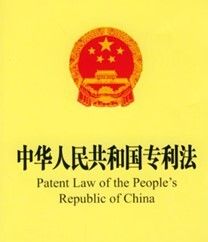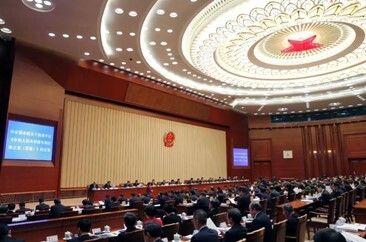The Fourth Amendment to the Chinese patent law will become effective on June 1, 2021. The Patent Law of the People's Republic of China, originally established in 1985, had its last amendment in 2008. Although the new amendment of the Patent Law is still pending implementation and the details awaiting clarification from the next version of patent examination guidelines, the amendment shows that Chinese patent law is moving towards harmonization with the laws of most other major markets. We highlight a number of the notable changes below.


Pharmaceutical patents
Amended Art. 761 introduces a patent linkage system. It enables an applicant or patentee of a pharmaceutical patent to challenge a generic drug for patent infringement by initiating a declaratory judgement (DJ) action of patent infringement against the generic during the its regulatory approval process with the China Food and Drug Administration ("CFDA"). The DJ action may potentially suspend the regulatory approval process of the generic. Also, the establishment of a system, similar to the "Orange Book" in the United States, i.e., a Chinese drug and patent recordation platform, has been delegated to CFDA.
Amended Art. 422 provides an opportunity for an applicant of a pharmaceutical patent to obtain patent term adjustment of up to 5 years to compensate for the regulatory approval process. For those patents receiving the five-year extension, the total effective term of the patent shall not exceed 14 years from the date of issuance.
Design patents
Significantly, amended Art. 23 allows protection of partial designs, i.e., design patents in China will cover a whole or a part of a product. This amendment aligns Chinese patent law closer to the rules in other major jurisdictions, such as the rules in the United States, European Union, United Kingdom, Japan, and Korea. But it remains unclear whether China will eventually allow the use of broken lines. Under the current practice, for example, an environmental article, such as a mobile phone, is required to be drawn in solid lines, even if a GUI on the mobile phone screen is the only claimed subject matter. The good news is, according to the draft of the rules for the Implementation Regulation of the Patent Law (November 27, 2020, public comment solicitation ended4), a partial design shall be depicted with a combination of broken lines and solid lines, or using other ways to indicate the scope of protection.
Amended Art. 42 also prolongs the term of protection for design patents from 10 years to 15 years from the filing date of the application.
Infringement Damages
Amended Art. 715 of the Chinese Patent Law promises that the rules on patent infringement damages are undergoing steady and patentee-friendly changes. The changes include: (i) increasing statutory damages (from RMB 10,000~1,000,000 to RMB 30,000~5,000,000), (ii) introducing punitive damages for willful infringements of serious circumstances, up to five times the damages determined in accordance with the law, and (iii) shifting the burden of proving damages in patent infringement actions (if the infringer fails to provide acceptable evidence, then the court may refer to the claims and evidence from the patentee to determine damages).
Other Notable Changes
Some other notable changes include: (i) amended Art. 706 enables the China National Intellectual Property Administration to determine patent infringement disputes of significant national impact, (ii) amended Art. 247 allows a 6-month disclosure grace period for non-novelty destroying publications that covers early publications made for the public interest in a national emergency or extraordinary situations occurring in China, (iii) amended Arts. 50 - 518 allow patentees to file a withdrawable declaration to implement an open license with the benefit of reduction or exemption of patent annuities, and (iv) amended Art. 479 extends the statute of limitation for patent infringement lawsuits from 2 years to 3 years.
Footnotes
1. See, https://www.cnipa.gov.cn/art/2020/11/23/art_2197_155169.html, last accessed February 25, 2021.
2. See, https://www.cnipa.gov.cn/art/2020/11/23/art_2197_155169.html, last accessed February 25, 2021.
3. See, https://www.cnipa.gov.cn/art/2020/11/23/art_2197_155169.html, last accessed February 25, 2021.
4. See, https://www.cnipa.gov.cn/art/2020/11/27/art_78_155300.html, last accessed February 25, 2021.
5. See, https://www.cnipa.gov.cn/art/2020/11/23/art_2197_155169.html, last accessed February 25, 2021.
6. See, https://www.cnipa.gov.cn/art/2020/11/23/art_2197_155169.html, last accessed February 25, 2021.
7. See, https://www.cnipa.gov.cn/art/2020/11/23/art_2197_155169.html, last accessed February 25, 2021.
8. See, https://www.cnipa.gov.cn/art/2020/11/23/art_2197_155169.html, last accessed February 25, 2021.
9. See, https://www.cnipa.gov.cn/art/2020/11/23/art_2197_155169.html, last accessed February 25, 2021.
The content of this article is intended to provide a general guide to the subject matter. Specialist advice should be sought about your specific circumstances.


